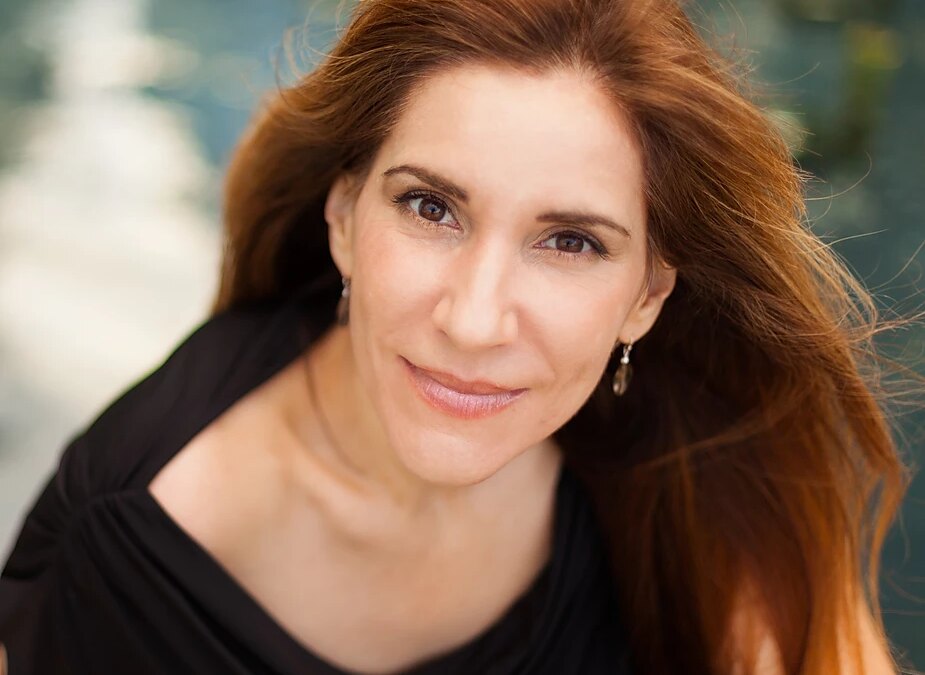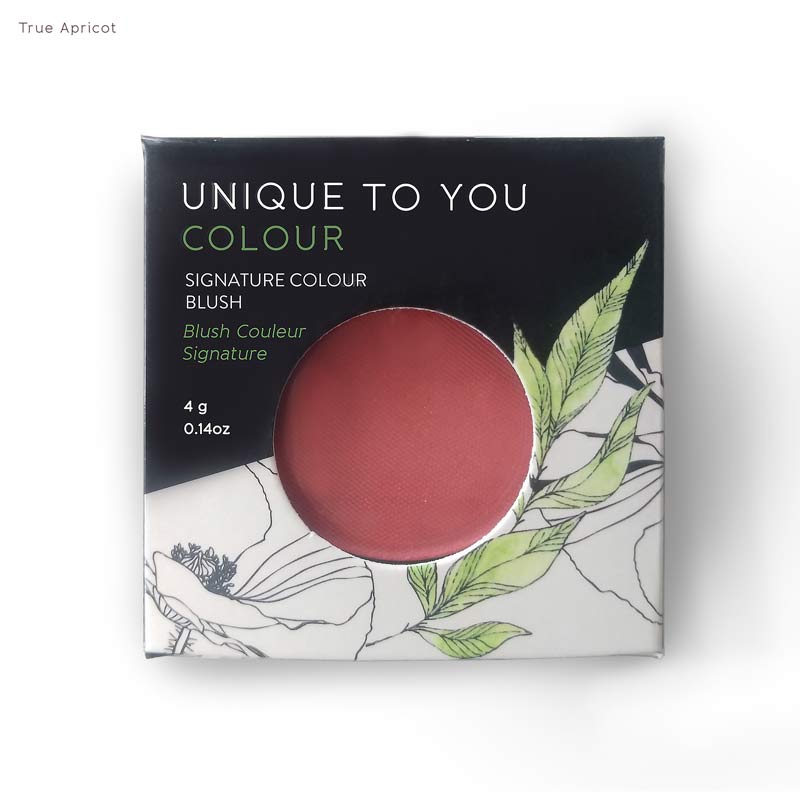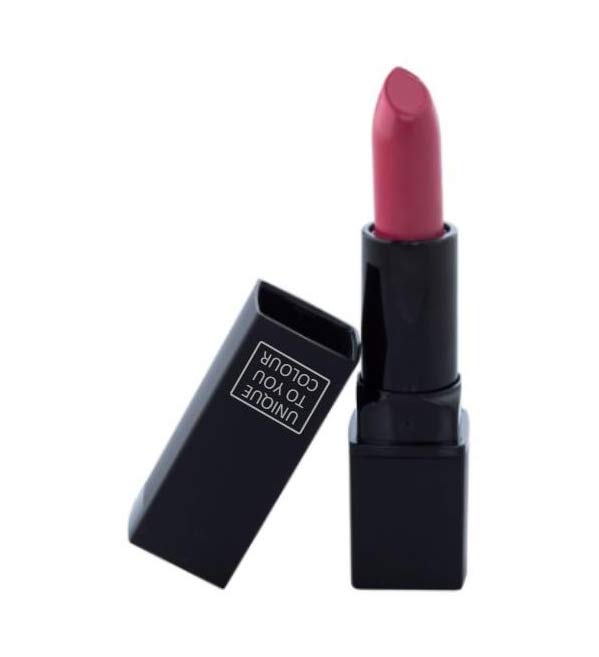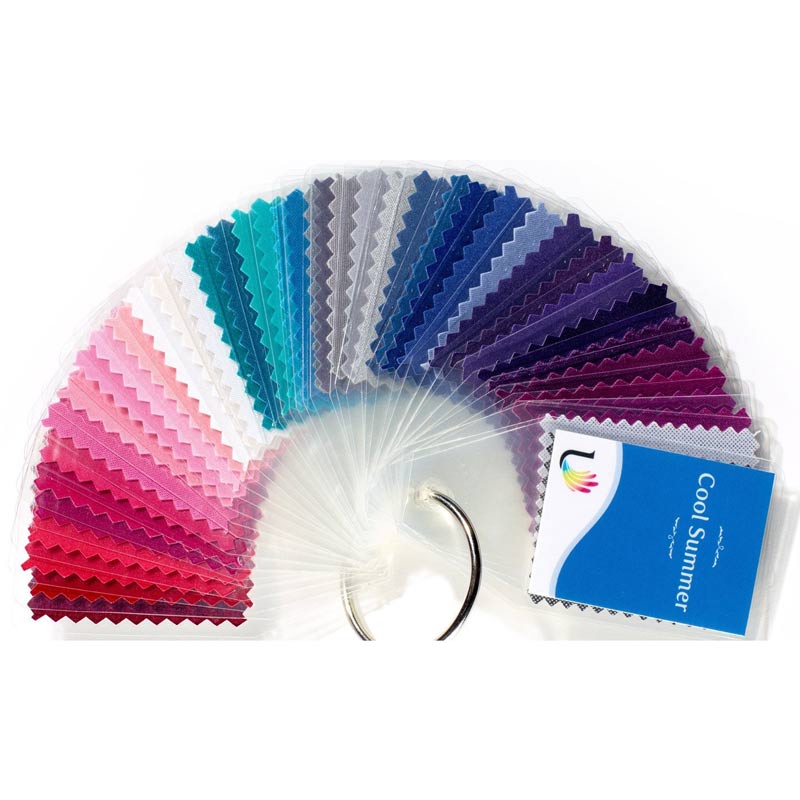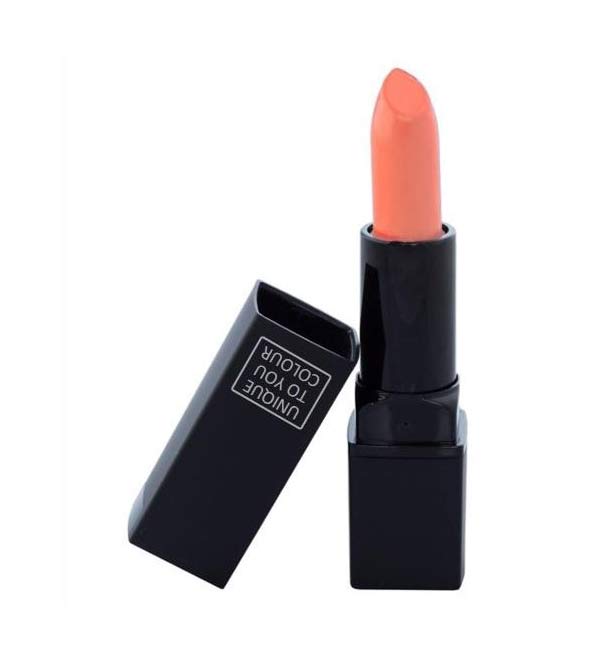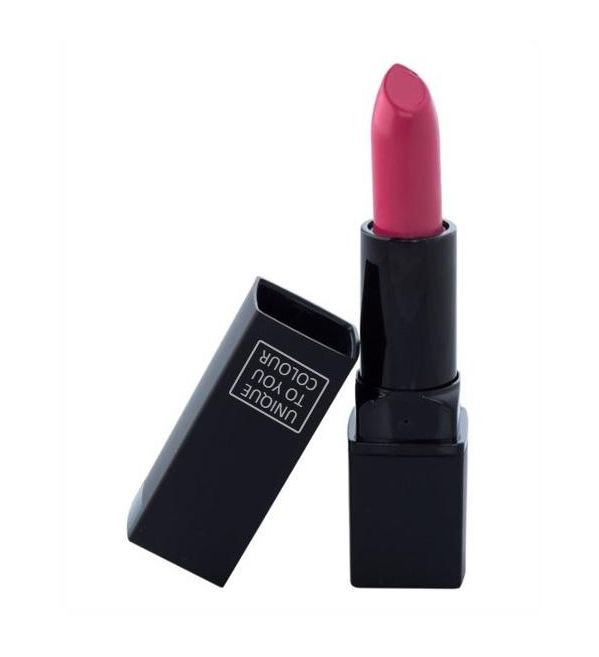Could you touch on the differences between Warm Autumn and Warm Spring colouring? I have read that these 2 are the most difficult to decide between. Thanks!
Warm Springs and Warm Autumns can sometimes be similar, however, there are a number of difference between the two. Both seasons have a mix of bright warm and soft warm elements in their colouring, and both seasons will generally do best in warm, medium depth, and medium clarity colors.
Warm Spring:
Warm Spring will generally have lighter skin with freckles, and dark golden blonde or strawberry blonde hair. Out of all of the Spring types, this is the person who will most often be a natural red-head or have strawberry blonde tones in their hair.
The eye colour will most often be medium in depth and moderately clear. The skin will often have a delicate and transparent quality to it, and the contrast between the skin, eyebrows, and hair will usually be low. Some of the best colors for Warm Spring include medium apricot, light chartreuse green, and light clear gold.
Warm Autumn: There are two main types of Warm Autumn people including:
Warm Autumn Type 1
This type of Warm Autumn will usually have a light creamy skin tone (often with freckles), and medium auburn or medium golden brown hair. The eyes are most often brown or hazel.
Compared to the typical True Autumn colouring that is also warm, this colouring type will often be a bit lighter overall , and may not do as well with traditional dark and muted earth tones as the True Autumn. Some of the best colours for this type of Warm Autumn will usually be turmeric yellow, tomato red, mahogany brown, toasted orange and wheat beige.

Warm Autumn Type 2
This person will have light golden brown hair with red tones . The hair of this person may also be a dark strawberry blonde .The skin will usually be light or light medium, and the eyes are frequently blue, but may also be hazel or olive green. The Warm Autumn who has blue eyes can often easily be confused for a Spring or a Summer season due to the overall lightness of their colouring. Some of the best colors for this type of Warm Autumn include: light copper brown, light orange, light warm teal, and light rust.
I’m a True autumn going grey. How do I adjust my colours? Or do I just keep coloring my hair?
The decision to keep colouring your hair as it transitions to grey is mostly a matter of personal preference and what you feel most comfortable with, however, if you are unsure of what to do, looking at the attributes of your best seasonal colours can help you decide whether to keep colouring your hair as the greys come out.
Every season tends to do best in colours that have a specific undertone, depth range, and clarity, and for the most part, a person’s season and requirements for these colors do not change too much throughout life. For the True Autumn, the best colors will be those with a warm undertone, a medium to deep level of depth, and a moderate or low level of clarity.
As a True Autumn greys, the type of grey that comes out, although warmer then the grey tones of a cooler season, will still be closer to having a more neutral undertone then a truly warm one. The color will also be lighter in depth then what may be optimal for your skin tone.You may find that if you let the greys come out that you may need to adjust your makeup or wardrobe choices accordingly to compensate for changes in your skin caused by the changes in the depth and undertone of your hair. If you opt to go grey, I would recommend to stick to the darker tones in the True autumn palette and to avoid the temptation of pairing or “matching” the grey hair with cooler or more neutral makeup as this will be draining on your warm toned skin
What should I use as a guideline for picking out lip colour -my own lip colour and a darker shade of that lip color, or are seasonal lipstick recommendations the best?
You could use both your natural lip colour or seasonal lipstick recommendations as a guide for choosing lip colour. Seasonal lipstick recommendations are a based on what works for your skin and colouring as a whole, and will give you a greater variety of colour options to work with.
I’ve been told that I am cool-toned in the past because I mostly burn and don’t tan. If I mostly burn instead of tan, does it mean that I am cool toned?
If you mostly burn as opposed to tan in the sun, this does not necessarily indicate that you are cool-toned. There are both warm toned season and cool toned seasons that don’t tan well. For examples, Springs who have a more fair skin tone, certain Autumn seasons, and a number of Summer seasons will most typically have a harder time with tanning, or will not tan at all with sun exposure.

